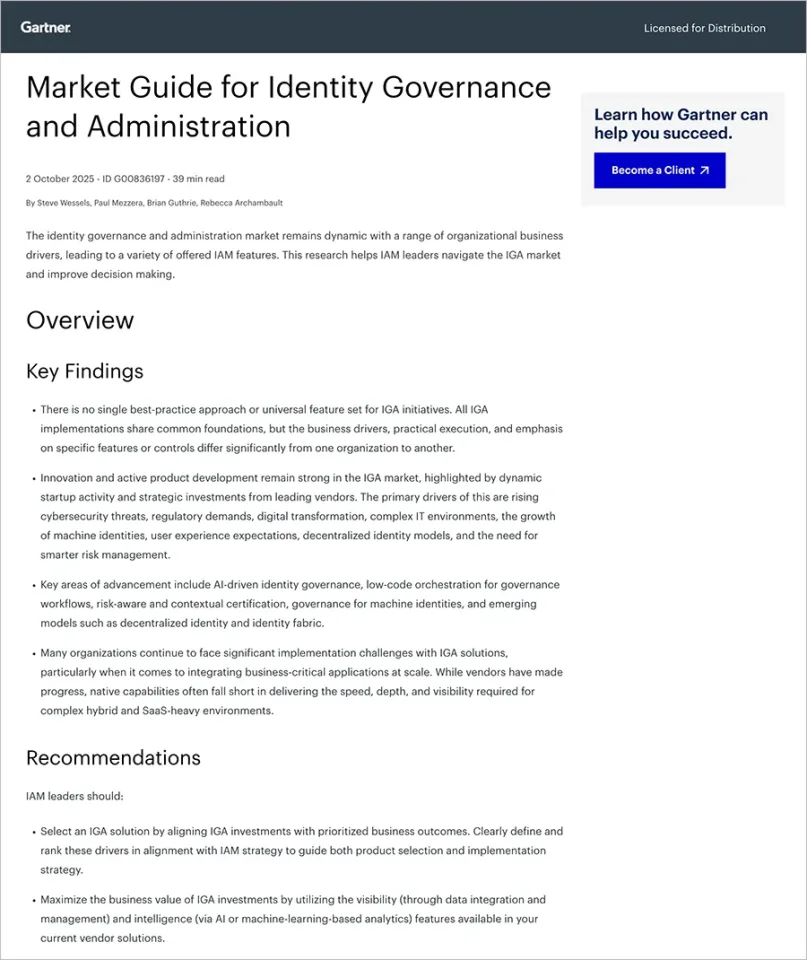In the realm of web applications, ensuring users have timely and seamless access is paramount. But how can organizations strike the perfect balance between efficient user account management and robust security? Enter Just in Time (JIT) Provisioning, a dynamic approach that promises both convenience and protection.
Dive into this guide to understand the workings, benefits, and challenges of JIT Provisioning and discover its synergy with other protocols like SAML SSO in shaping a streamlined user experience.
What is Just in Time Provisioning?
Just in Time (JIT) Provisioning presents an efficient approach to managing user accounts in web applications. Think of attending a concert wherein you don’t buy a ticket months ahead Rather, you purchase it at the entrance and walk right in. This convenience is the essence of JIT Provisioning. Instead of pre-setting accounts, this system creates, updates, or deactivates them as they’re needed.
So, how does it work? JIT Provisioning uses protocols such as SAML to verify user identities. When a user tries to access an application, the Identity Provider (IdP) sends a ‘SAML Assertion’ to the Service Provider (SP). This ‘assertion’ acts as a digital ID, confirming the user’s authenticity. If the user is recognized, they gain access. If not, a new account is instantly created.
The effectiveness of JIT Provisioning lies in these dynamic interactions. In a time where speed and security are crucial, JIT Provisioning eliminates delays, frees up resources, and improves the user experience by providing immediate access to necessary applications. Simultaneously, it lowers the overhead involved in manual user account management, thereby enhancing operational efficiency.
Though it may sound complex, JIT Provisioning is straightforward when implemented. With the right tools, this process can be automated, ensuring smooth user onboarding and access management. Despite some challenges, the efficiency and improved user experience it offers make it a preferred choice for managing web application accounts.
Understanding Just in Time Provisioning
Imagine you are a user who needs access to a specific web application.
You begin by authenticating yourself with an Identity Provider (IdP), the body that verifies your credentials. Think of it as a security desk check-in.
After confirming your identity, the IdP generates a SAML Assertion, akin to a digital ID badge. It includes details that verify your identity and, if needed, set up your user account. Consider it your access pass to the application.
This ‘badge’ then travels to the Service Provider (SP), the web application you aim to access. The SP assesses the assertion. If you’re new, the SP uses the information in the assertion to immediately set up your user account. At this point, you witness JIT Provisioning in action!
For returning users, the SP identifies you from the SAML Assertion and allows access. This quick, responsive procedure is what sets JIT Provisioning apart in user access management.
Just in Time Provisioning Benefits
Many organizations are now adopting Just in Time Provisioning for its numerous benefits. Its most significant advantage is efficiency. With JIT Provisioning, new users can access a web application within minutes, eliminating the need for manual account setup, saving resources and time.
Another advantage is scalability. If your company is expanding rapidly and needs to onboard hundreds of new users, JIT Provisioning simplifies this process. It handles increased workloads smoothly, ensuring a seamless user experience.
Security is a concern for many, but with JIT Provisioning, many security issues disappear. It uses trusted protocols like SAML to verify each user’s identity before granting access. This system enhances security by reducing the chances of unauthorized access.
Reduced administration is another notable benefit. JIT Provisioning automates the task of managing user accounts, freeing your IT team to concentrate on other important tasks. It grants access only when required and deactivates it when not in use, making user account management more efficient.
Just in Time Provisioning: Overcoming the Challenges
Just in Time Provisioning, while beneficial, isn’t without its challenges. The primary concern is security. Even though JIT Provisioning uses secure protocols like SAML, it isn’t immune to security risks, primarily due to its on-the-spot account creation feature. A flaw in the Identity Provider (IdP) or an error during its configuration could potentially allow unauthorized individuals access to confidential information. Hence, it’s crucial to handle and monitor the system vigilantly to maintain security.
Effective control over the provisioning process is another challenge. The creation, updating, and deactivation of user accounts demand constant management to avoid redundancy and ensure obsolete access to resources is promptly deactivated.
Finally, user experience is a challenge that cannot be overlooked. If the process isn’t seamless, it can confuse or frustrate the user. For instance, an unrecognized user account or delay in access could sour the user experience. Hence, JIT Provisioning calls for efficient implementation and regular optimization to keep the user experience positive.
Despite these challenges, with careful implementation, robust security measures, and ongoing process optimization, they can be effectively managed.
Comparing SAML SSO and Just in Time Provisioning
Both SAML SSO (Single Sign-On) and Just in Time Provisioning use the same protocol but serve different purposes in user access management.
SAML SSO allows users to sign in to multiple applications with a single set of credentials. This process simplifies the sign-in process and enhances security by minimizing the risk of lost passwords or repeated sign-ins.
Just in Time Provisioning, on the other hand, focuses on real-time creation and management of user accounts. It aims to reduce delays and increase efficiency in user onboarding and access management.
Although SAML SSO and JIT Provisioning might seem similar, they address different parts of the user access management process. SAML SSO streamlines the sign-in process for users, allowing them to access multiple applications with one set of credentials. JIT Provisioning accelerates the account creation process, making user onboarding and access management more efficient and timely.
What’s crucial to remember is that these two can work together. When combined, they can optimize both the sign-in process and account management for web applications, resulting in a smooth and secure user experience.
Just in Time Provisioning With Pathlock
Pathlock’s Compliant Provisioning module automates single-system, multi-system, and cross-application user access provisioning to eliminate manual and error-prone processes that typically involve countless layers of approvals across multiple systems. It enables requesters to find the right role, tracks each request, and archives approvals and supporting documents.
The module offers customizable and email-enabled workflows to create, maintain, and remove access across business applications, saving time, effort, and costs. Additionally, the scalable, real-time Separation of Duties (SoD) and sensitive access analysis allow requestors, approvers, and auditors to understand the implications of each request and mitigate risk.
Pathlock allows for user access management across ERP and business applications. Real-time monitoring of user roles and role usage removes the guesswork from access governance, directing focus on actual violations over theoretical risks. From the initial onboarding of a new employee to adjusting privileges for changed roles, Pathlock enables precise access control at any moment.
Delving further, Pathlock strengthens your security by maintaining comprehensive audit trails by recording all actions for future reference. This transparency aids in maintaining accountability and trust within your organization while complying with set regulations becomes less complicated.
Interested to know more? Talk to us or schedule a demo to see how you can enhance your provisioning process with automation and cross-app capabilities.



